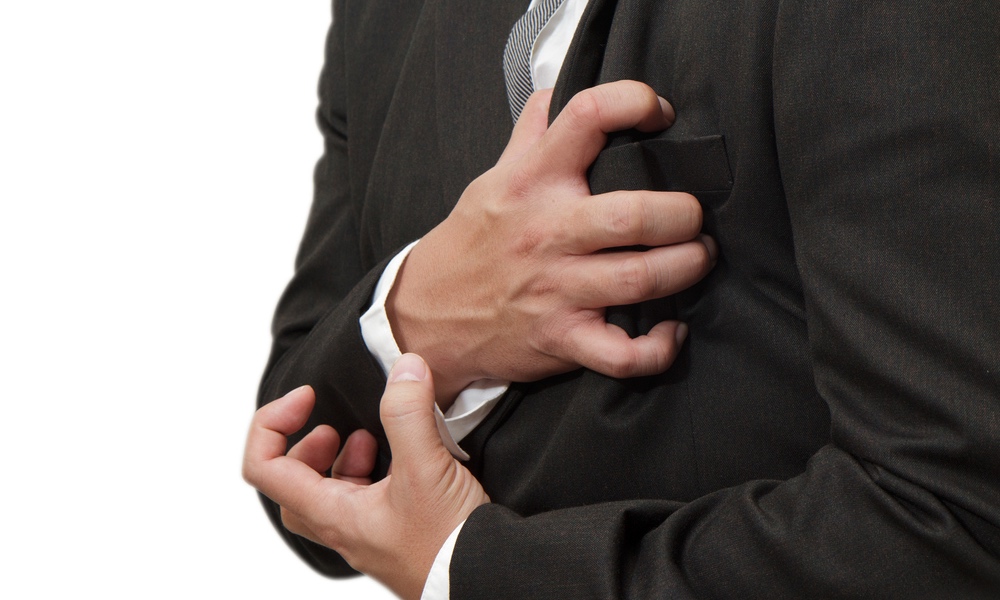Depression is a mental disorder that causes low mood, loss of interest in normally pleasurable activities, low self-esteem, fatigue, and physical symptoms. It affects about 10% of all people at one time or another.
In the United States, depression is treated with psychotherapy, medication, and neurostimulation, either alone or in combination. However, treatment for depression is not always successful, and the benefits don't always last.
There are a variety of reasons why some patients have trouble with treatment. They may find that medications have unpleasant side effects, decide to stop taking medication because of cost considerations; or they may find the therapies just don't do enough to make them feel better.Some patients may find that medications have unpleasant side effects, or decide to stop taking medication because of cost considerations. Others may find the therapies just don't do enough to make them feel better.
A recent report looked at a large number of studies designed to measure the effectiveness of either aerobic exercise or resistance training programs on depressive symptoms in an effort to offer some recommendations that might give depressed patients another form of treatment.
Exercise leads to the release of endorphins, body chemicals that reduce the perception of pain and increase the feeling of well-being. Endorphin release is the basis for the idea that exercise has a positive effect on symptoms of depression.
The evidence in favor of exercise as a treatment for depression is compelling, according to this recent review. But what kind of exercise? And how much, how often, and at what intensity is necessary to make a significant difference?
From the available evidence, the researchers developed the guidelines for exercise prescription for alleviation of depression.
Resistance training is usually measured as a percent of the maximum weight that can be lifted, along with the number of sets and repetitions.
The greater the intensity of resistance training, the greater the improvement in depressive symptoms, according to several studies. The researchers suggest that the people with depression perform a variety of upper and lower body resistance exercise, including three sets of eight repetitions.
Most of the studies reviewed had treatment periods of at least 10 weeks. While people may feel better after 4 weeks, the authors recommend that they should continue for at least 10-12 weeks to achieve the best results.
For exercise to be of benefit — for anyone, including people with depression — a person has to find they enjoy doing it enough to stick with it. First decide what type and frequency of physical activity you prefer. The availability of exercise equipment, gyms, and safe areas for exercise will also be a factor. Supportive strategies such as setting personalized goals and working with a trainer or program offering individualized feedback helped people with depression stay with their regimens and reap the most benefits.
Based on the findings of this study, both aerobic exercise and resistance training are effective stand-alone or supplemental treatments for depression. While more research is needed to identify optimum types and duration, popular exercise guidelines based on current research are useful parameters for depressed and non-depressed people.
As with any new medication or therapy, patients being treated for depression should consult with their physicians to be sure it is appropriate for them and that they are physically capable of undertaking a vigorous exercise program. Patients may additionally want to work with a physical therapist or trainer to determine the appropriate heart rate target for aerobic training and weight limits for resistance training.
When beginning an exercise program, it is recommended to start at a lower level and to work up slowly to target goals as strength and endurance improve. Patients with heart disease, arthritis or other limiting conditions should have their programs modified appropriately to get maximum benefit for their mood without worsening other conditions.




